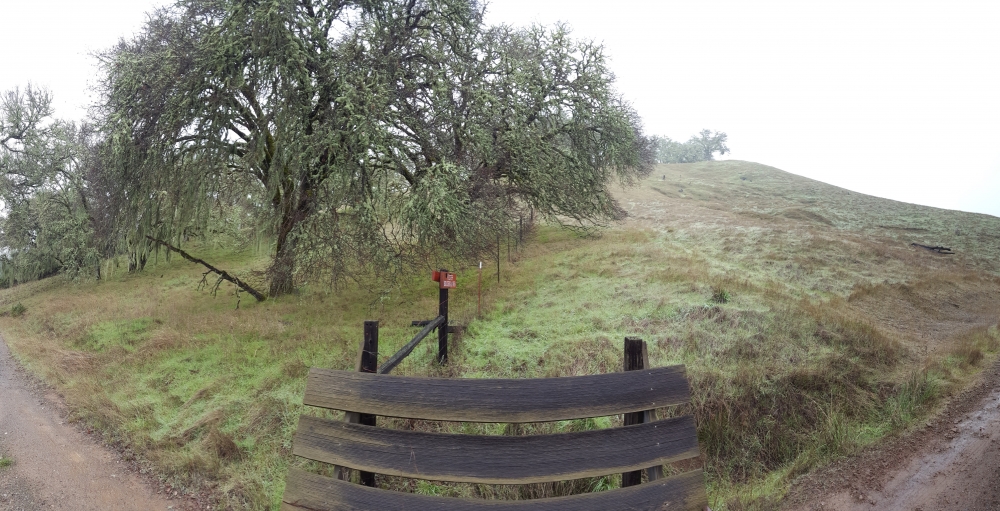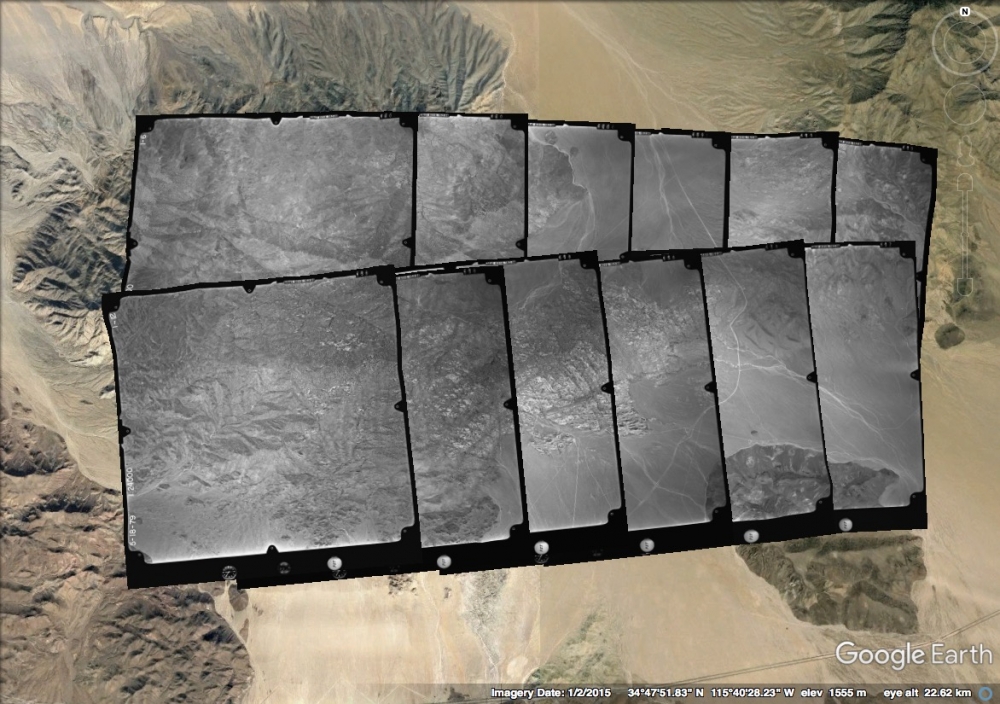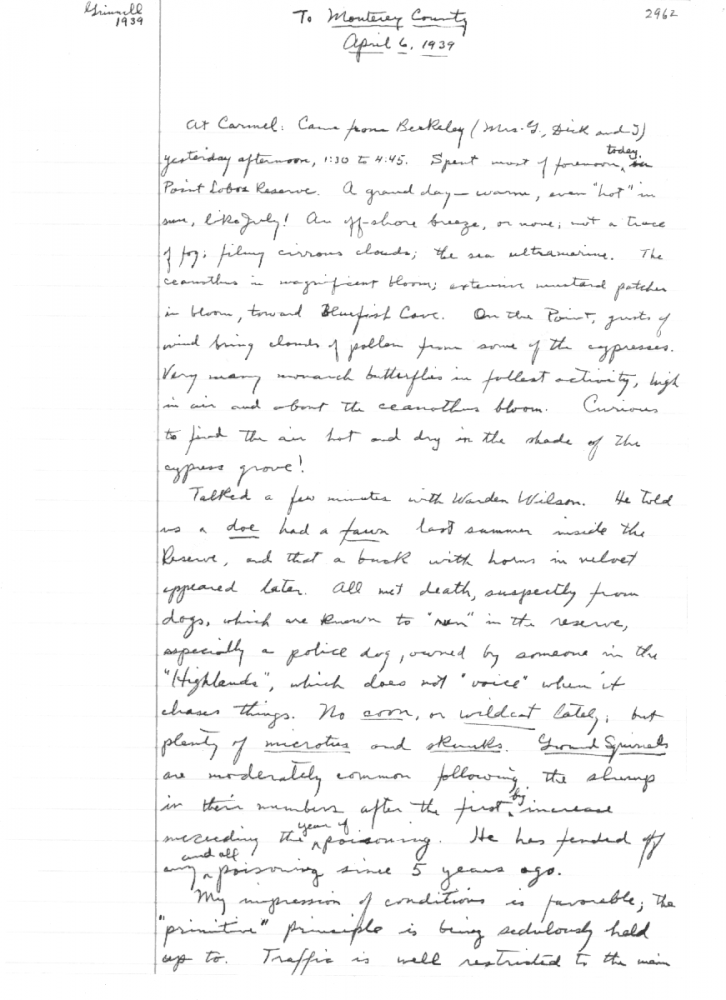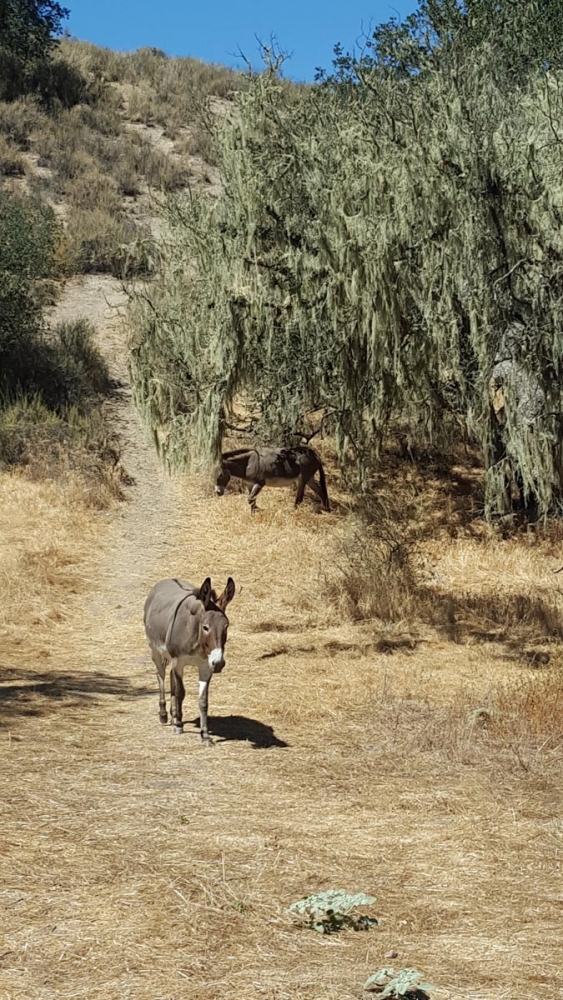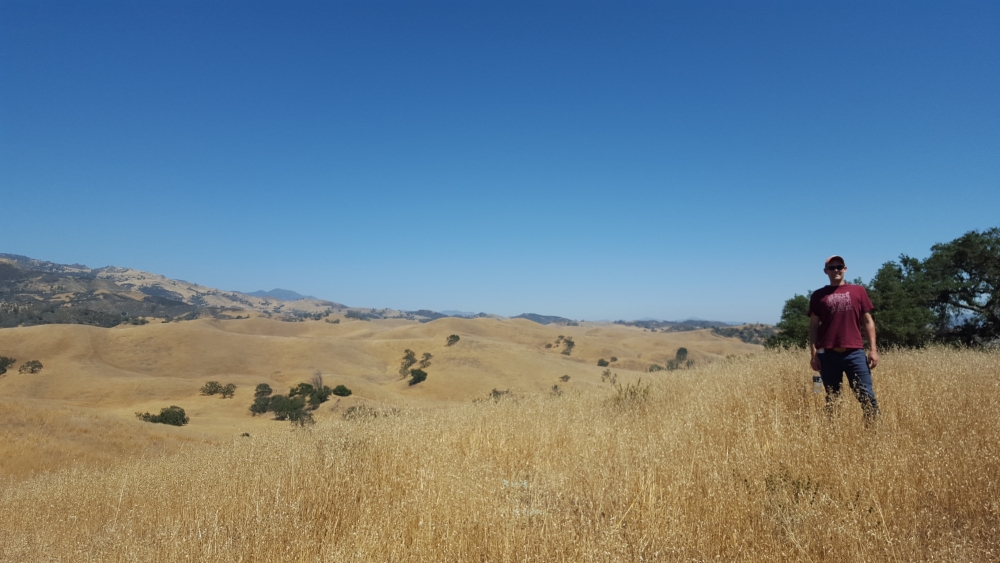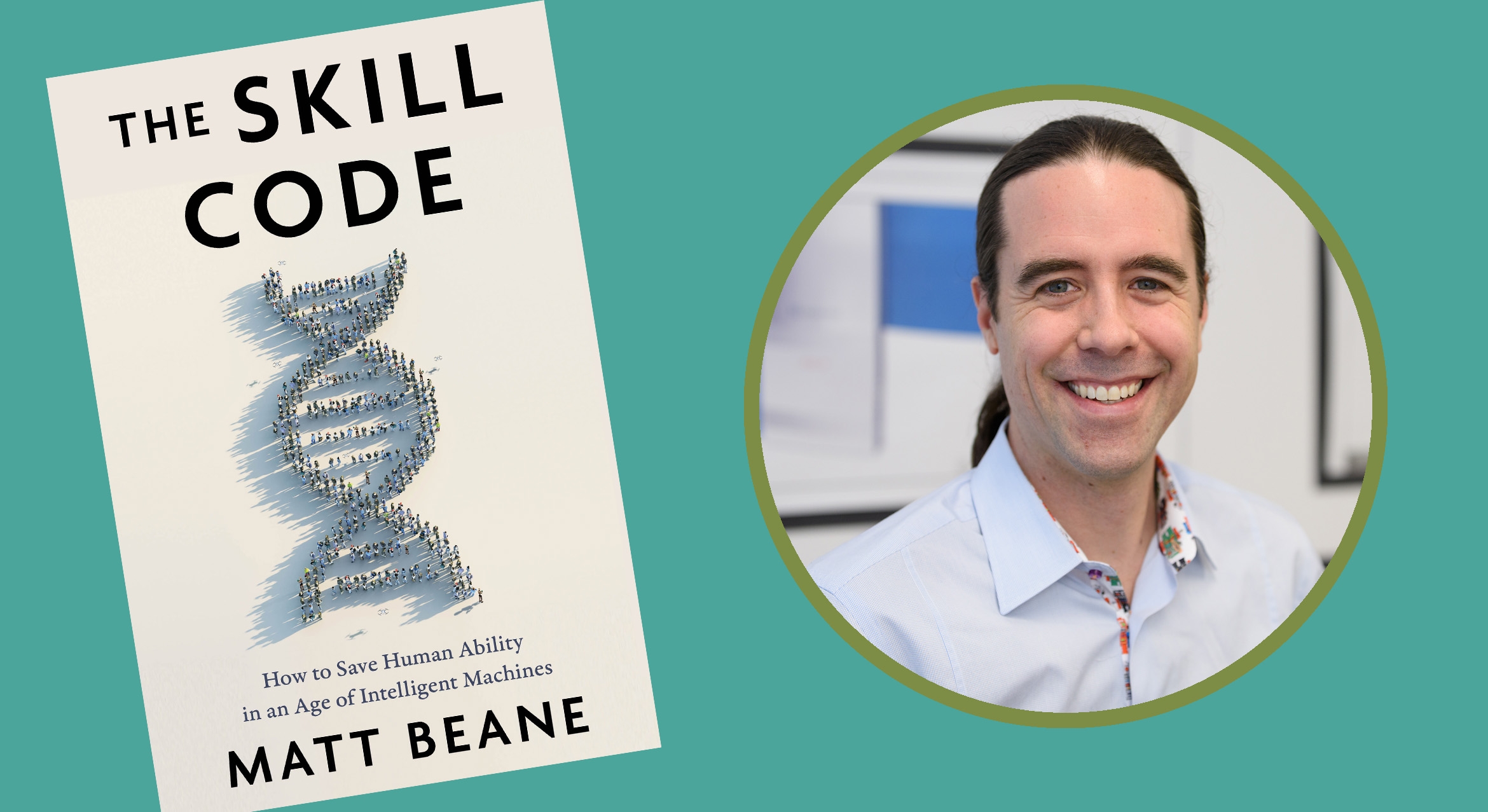An Experiment in History
The first European settlers to set foot on California soil didn’t arrive alone. Clattering behind the sandals and boots of the Spanish missionaries were the hooves of their cattle and sheep.
Over the next few centuries, the number of imported livestock grazing California rangelands swelled into the millions.
The hungry mouths and trampling feet of that many grazers caused wholesale changes to California’s ecosystems, such as increases in erosion and the introduction of non-native grasses.
Now a new era of environmental change, in the form of global warming, is inspiring researchers to examine how shifts in land use alter the state of California rangelands. The research, by historians at UC Santa Barbara, utilizes decades of detailed environmental records about NRS reserves to test prevailing theories about rangeland shifts.
“Hopefully this product will show how historians can contribute to ecological research,” says graduate student Tim Paulson.
Collaborating with UCSB environmental history professor Peter Alagona, Paulson and postdoctoral fellow Kevin Brown are focusing their research on four UC Natural Reserves (Hastings Natural History Reservation, Santa Cruz Island Reserve, Sweeney Granite Mountains Desert Research Center and Sedgwick Reserve), plus Hopland Research and Extension Center, a UC Division of Agriculture and Natural Resources field station.
“We’re giving ourselves a really good chance to answer questions by using places somewhat representative of rangelands in the state, but also have ongoing research and extensive records. We’ve picked places lots of people have been interested in in the past and will be interested in in the future,” Brown says.
Their work is supported by a grant from the Institute for the Study of Ecological and Environmental Change Impacts (ISEECI), a consortium of UC researchers using the Natural Reserve System to study climate change.
“ISEECI is unique in including historians in a discussion often foregrounded by people trained in the hard sciences” Brown says. “Where we can be most helpful as historians is not studying climate in 2012, but uncovering how forces like floods, drought and fire interact with land use and the ecosystem itself.”
Those land use changes happened in tandem with the growth of California’s economy. Ranching was the state’s first modern industry, involving the export of tallow and hides. Livestock importation intensified dramatically when California gained statehood in the mid-19th century. By 1880, estimated 3 million cattle and 6 million sheep roamed the state.
Ranching brought rapid, large-scale environmental changes. Some were intentional, as in the burning of about 2 million acres of chaparral from 1945–69 to create more grassland.
Other shifts fall under the rubric of collateral damage. For example, sheep and cattle had so thoroughly devoured the vegetation of southern California that an observer traveling from Los Angeles to Santa Barbara in the 1870s described the region as looking like it had been burned by fire.
Such changes to the landscape did not go unnoticed. All the while, people recorded telling details about the natural world surrounding them in land survey reports and maps, photos and homesteading documents, scientific field notes and personal letters.
Brown and Paulson are combing through library archives, reserve files and government document collections across the state in search of mentions of their study sites across the decades. They’re also interviewing reserve managers and researchers, referencing aerial photographs, reading student reports and scanning published scientific manuscripts for mentions of what was happening on these lands and what they looked like.
“You can start to put together little scraps to tell a story about what these landscapes looked like in the past,” Brown says.
The jottings of scientists have proven invaluable sources of information about NRS reserves. This past December, Brown visited UC Berkeley’s Museum of Vertebrate Zoology to read field notes from Joseph Grinnell, Cal’s founding zoologist, made on his first visit to Hastings Natural History Reservation. “He was walking around the property and describing the unused fields, the trees he’s seeing, the birds. If we start putting many of these accounts next to each other, we can start to tell a story about the place,” Brown says.
Locating less obvious sources demands a measure of creativity. “We imagine the kinds of records that might exist and end up getting a lot of goose eggs,” Brown says. But hot leads have turned up in unusual places, like Berkeley’s Museum of Vertebrate Zoology. Paulson and Brown canvassed the tags on bird specimens from Santa Cruz Island for the names of collectors, then searched for notes and other documents by those Channel Island visitors.
Business records revealed that at the Granite Mountains, in the eastern Mojave, the Rock Springs Cattle Company was grazing 10,000 head of cattle in the 1920s — roughly four times what the Bureau of Land Management permitted in later decades. The company at first boomed, says Paulson. Then a terrible, sustained drought in the mid-‘20s caused mass die-offs of stock. “They were done by 1927. It was really sudden.”
This treasure trove of information, the researchers hope, will enable them to test longstanding theories describing rangeland change.
“We don’t really run experiments in history. But here we’re creating a quasi-experiment. We want to see if these models are able to account for what we observe in the history of rangelands through the documentary evidence we’re seeing,” Brown says.
Two major schools of thought are on trial. The first, proposed by ecologist Frederick Clements circa 1916, suggests there is a linear relationship between the condition of land and the amount of grazing pressure it experiences. In other words, add more grazers, and the health of the rangeland will decline, but once you remove those animals, conditions will improve proportionately.
Later ecologists developed the state and transition model. Under this model, “livestock numbers can vary, then abrupt changes occur due to the pressures of grazing combined with stresses like drought or fire,” Paulson says.
It argues that shifts in management, such as removing grazing, won’t always return rangelands to their previous state. Rather, additional pressures such as drought or fire might cause irreversible change, and push the land into an alternative ecological state.
Such a threshold moment may have occurred on Santa Cruz Island. Heavily overgrazed from the 1860s through the nineteenth century, the island suffered an initial, large-scale conversion of its oak forests and chaparral into grassland.
“Implied in this theory is the idea that you can’t really go back. Once you’ve crossed one of these thresholds you’re in a new state; removing cattle won’t let you reverse the process.” Paulson says.
Comparing reserves where grazing has been halted for decades against sites like Hopland, which continues to support sheep, will help Brown and Paulson refine their ideas further.
“We can test whether what’s developed in recent decades is similar to or different than when grazing was occurring,” Paulson says.
The historians want their findings to inform the practices of NRS staff and other land managers.
“It seems pretty clear you need history to understand ecology,” says Brown.
